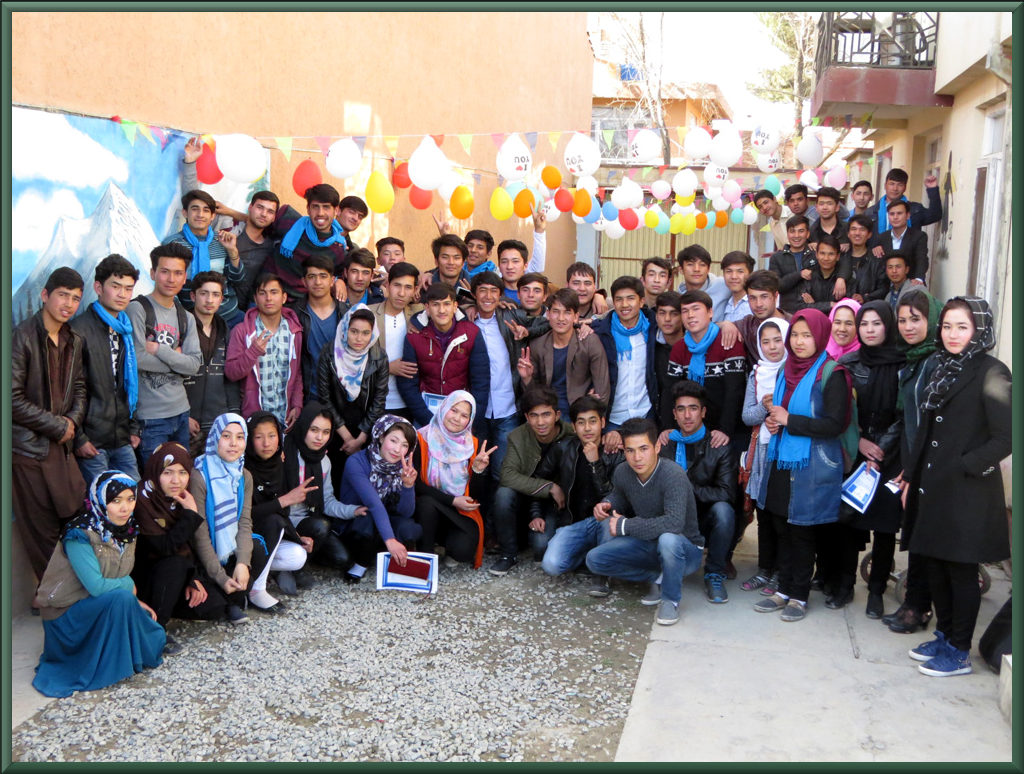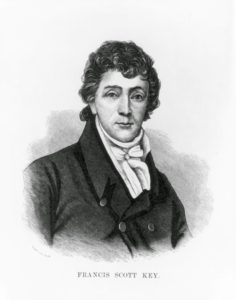The False Narrative of Unmanned Drones and Trump’s Responsibility to Lead
by George Cassidy Payne, Published on Talker of the Town, June 24, 2019
The unmanned drone narrative is wrong. Someone is always operating these highly sophisticated killing/surveillance machines. Militarized drones may be maneuvered thousands of miles away by human pilots, but they are always being flown by someone. More to the point, they are being used by human beings to launch missile strikes that have killed at least 2,000 people since the beginning of Bush’s “War on Terror.”
Although estimates of civilian deaths attributed to drone strikes are notoriously difficult to establish, several courageous organizations have made it their mission to uncover the origin of these deaths so that the world can know what is happening in places such as Afghanistan, Pakistan, Iraq, Syria, and Yemen. For instance, the New America Foundation has stated that from 2004 to 2011 alone, 15% of the 2,551 people killed by drone strikes were either known civilians or unknown. It has been widely reported that at least 150 children have been killed by militarized drones in Pakistan and that over 1,000 have been maimed or injured. Of course, these statistics say nothing about the extraordinary levels of PTSD inflicted on these populations. Civilian casualties from U.S. drone strikes
Whether someone agrees or disagrees with their use in combat, no one can effectively make the argument that these drones are in any way benign or innocuously unmanned. Whether equipped with weaponry or not, they represent the terrifying reality of American firepower and the severe cost of making the United States an enemy to be resisted. That is why they are flying above — or dangerously close to — the sovereign airspace of Iran. That is why Donald Trump authorizes their use every day. In fact, that is why the American president even went so far as to stop the mandatory reporting of civilian deaths and casualties due to drone strikes. (An act that reversed an Executive Order signed by Barack Obama in 2016.) What is more, that is why the United States military has been authorized by the American people to spend over 100 million dollars on a single piece of drone aircraft, which, we are learning, is the estimated cost of the one recently shot down by the Iranian Revolutionary Guard.
And that brings me to my second point. When that American drone was blown out of the sky, what an immense waste it truly was. I don’t mean a waste of insanely expensive technology. I mean, what an immense waste of potential to do good! What has a shot down airplane resulted in but further geopolitical brinkmanship, mutual distrust, and the growing likelihood of another costly and protracted war in the Middle East? And don’t try to tell me that drones are the only way that the U.S. military and intelligence apparatus can attain footage of Iran’s nuclear program. That line of reasoning is absurd and outright mendacious.
I always wonder how that money could be spent differently to achieve better results. With that same amount of money, just imagine what could have been accomplished in the way of actually improving international relations between the two historic foes. If Trump really wants to “make Iran great again”, as he stated to Chuck Todd in his recent Meet the Press interview, then he must change how money is invested and the way he uses resources to make his presence and priorities known. Just think about it. 100 million dollars, even today, goes a long way in the arena of peacemaking. Examples abound from cultural exchange programs and humanitarian aid relief to joint commercial ventures and the lifting of economic sanctions. Even direct support of Iranian-American institutions and citizens and the sponsorship of diplomatic talks would, if allocated strategically, cost far less than 100 million dollars and open up the potential for hundreds of billions in new trade opportunities, regional stability, and scientific cooperation. During the Cold War, the Soviets still collaborated with the U.S. to achieve incredible feats of space exploration. To merely assume that Iran would refuse direct investment — not to mention one less drone in their airspace — is not rational.
Now, I do agree with Trump’s wise decision to restrain his military options after the drone was shot down. The fact that he is looking into other retaliatory options besides bombing Iranian civilians is a good sign that he has not completely lost his grip on reality and the responsibility he has to maintain global peace. But in general, Trump must be far more creative and proactive when it comes to Iran. He must realize that drones are not “unmanned” and that they represent to millions of people in the Middle East a horrific example of indiscriminate slaughter and omnipresent terror. It is, by any calculation, a hugely expensive means for exacting political leverage. Whether or not they have been effective from a combat standpoint is a matter of academic debate, but there is no debating that the use of these weapons has destroyed thousands of lives in some of the most unethical acts of combat in military history. Morally speaking, the price we pay as Americans far exceed the 100 million dollar price tag that each of these vehicles comes with.
For all of these reasons, the time has arrived for President Trump to rethink everything about Iran, the use of force, and the cost of what some pundits call “hard diplomacy.” On a heart level, I ask myself: Why does Iran need to be a mortal threat to the national interests of America? That is not what the people of Iran want. That is not what the region, as a whole, wants. And, if Trump looks at this problem from a big picture perspective, that is not what has to happen, at least not if the U.S. is truly the leader of the free world. As such, we all have a choice. We can choose peace and prosperity or destruction and poverty. War is never inevitable, and the future can belong to those who truly believe that humanity is fundamentally alike and intrinsically good. It does not have to turn into a situation in which all sides pay a price that cannot be put into numerical form.
Come to think of it, Trump actually said something akin to this in his Meet the Press interview. To paraphrase, the U.S. president said, “I am from NY. I know a lot of Iranians. They are good people.”
Yes, they are. That you are right about Mr. President. Because they are good people, the time is now to show the world that you can lead with thoughtful reflection on your own experience, resolute compassion for others (not in your base), and an honest desire to make people’s lives better because that is the sacred duty of the office you hold.
** Featured Image: Pilgrimage of Peace: Upstate Drone Action Walk to Educate Upstate NY about Drone Warfare












